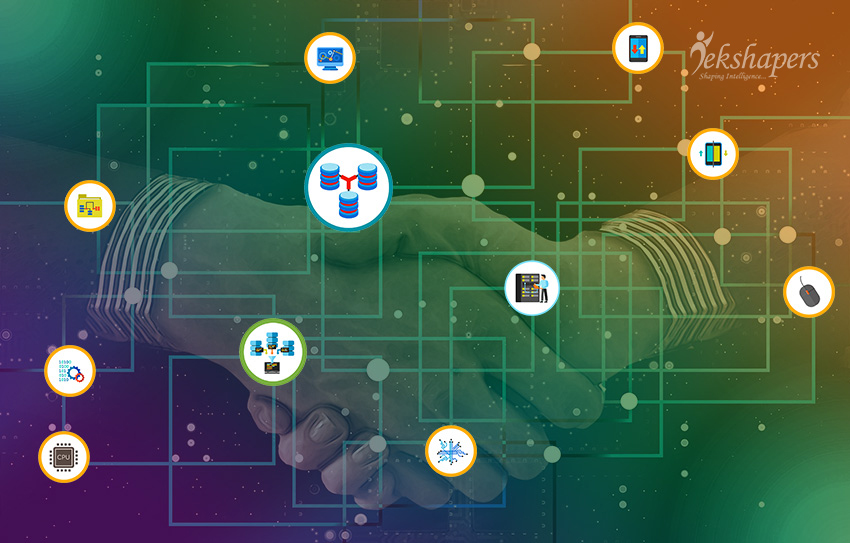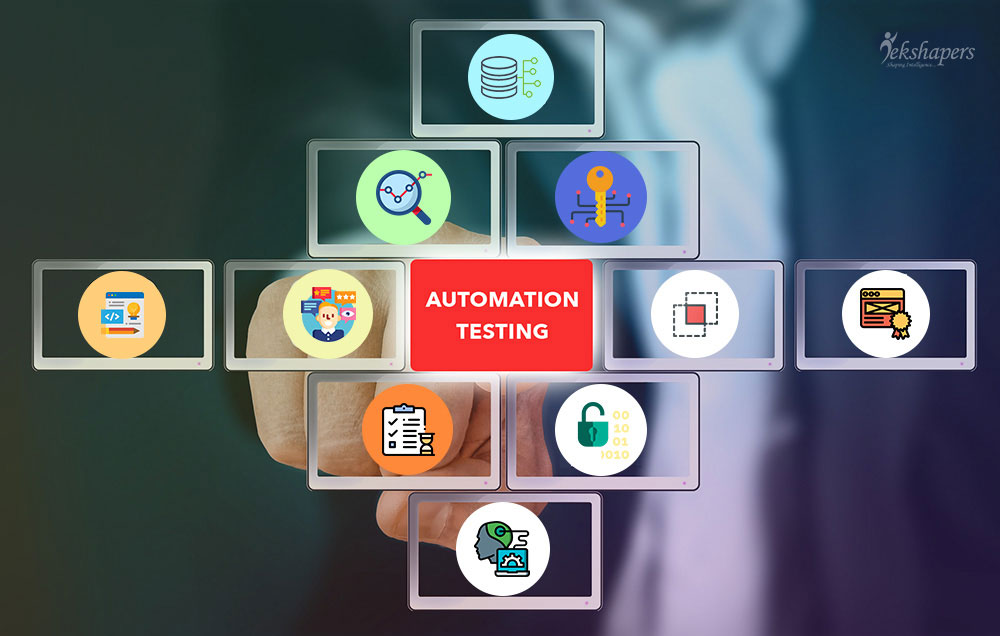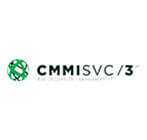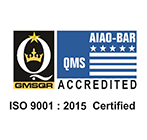What are the Applications of Augmented Reality in the Retail Industry
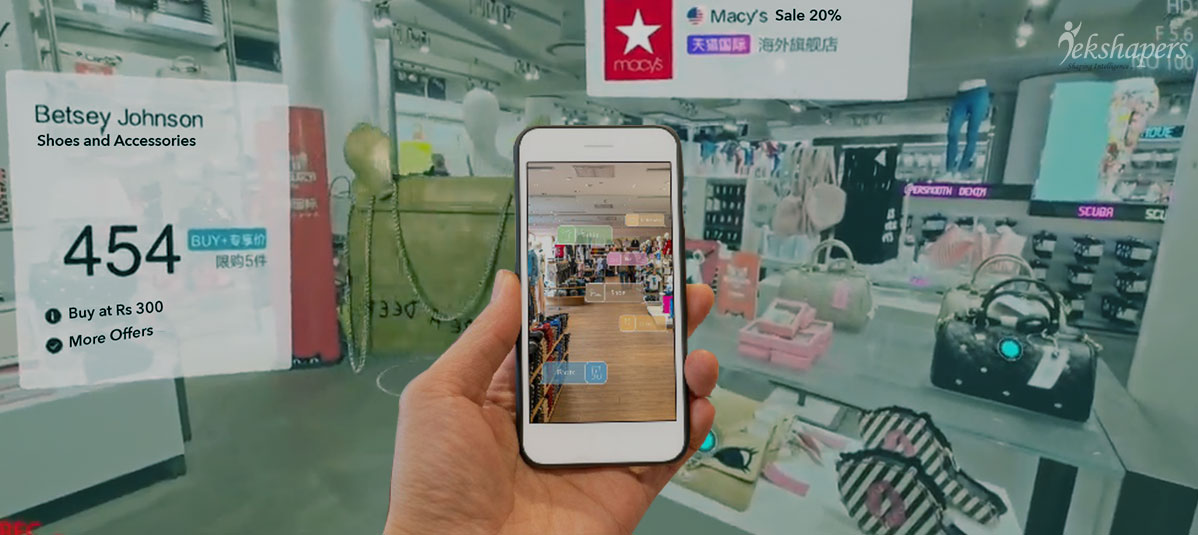
Augmented reality is the new trend technology which businesses need to take into consideration while planning their marketing strategy. While the production market increases more and more, the customers become demanding and sophisticated. Anyone who is specializing in the retail sector must admit these new changes & challenges. According to the research, the money which is spent on augmented reality & virtual reality will reach $17.8 billion in the year 2018. The startup companies in this sector have reached more than $650 million in funding augment 1.8M, Vivid works 1.7M and Facebook have paid $2 billion for Oculus. The organizations must think not only how to engage the customers, but also how to lower their costs.
Below are some of the widest applications of augmented reality in the retail sector which has impacted the customers shopping experience in a more advanced manner:
- Interactive User Experience
Till recent time, the marketers adhered to the next words “Content is the King”. Lately, the things get changed because with AR features the customers may be both, the content consumer and the content creators. AR allows users to make a personal interaction to the offline, or online products which are available for scanning with AR tech. By using the feature of AR, the users can change the color, style of the chosen product. Meanwhile, the users may also get additional information about the products which they allowed to scan in-store, about its prices on sales or nearby stores around.
- Customization
According to too the reports of Micheal DeGustar’s and Nicholas Felton’s research work, the new innovative techs have lately adopted faster than ever before. That has taken almost 20 years for electrifying more than 50% of the U.S. citizen in 1990 years. There is a string estimate that AR as well VR would become a major marketing platform. As per the reports of Digi-capital research, around 80% of the AR/VR revenue by the year 2020 will come from sales, and expenses and mobile data/voice and AR would take 75% of $120 billion markets while VR technology will stay on 25%.
- Connectivity
In close future electronic technologies, the print products will not disappear. They will adapt to the requirements of AR for creating a new storytelling medium and streams of profit. Users increase the various benefits from enriched experiences, while the organizations are able to bridge the gap between their printed and digital media. It also allows companies for better understanding how readers get engaged with their content and continually improve how that content is being delivered.
.png)
- Language Barriers
International companies who have branches all around the world meet new challenges as soon as they try to make new markets. There is no doubt that language challenges will take some time and cost to be taken. But AR provides wide options to avoid most of the language problems. Nowadays, Google Translator AR mode allows users to look any text of 40 foreign languages as the native one. A theatre in Paris in connection with Atos and Optinvent creates the AR solution which allows the supporting subtitles of the theatre show.
- Reduces Returns
As per the statistics reports, AR options in marketing provide the higher chance which customers will buy stuff. People spend more time in shops as well as their interaction with each product increases too. Near half of them are ready to pay more, if they would be allowed to preview with AR product which they want to buy. Virtual fitting rooms by J.C. Penney in stores allow companies to significantly nofollowincrease online conversion rate and reduce returns rate of the product. Most of the AR options offer extra information and personal customization which does not only preview the product but also helps the customers to ensure that they like it.
Current Statistics about AR in Retail Sector
The retail industry is probably the industry best able for leveraging the immersive experiences in AR offers. According to the Retail Perceptions, a report has measured that the influence of AR technology in the retail sector, around 61% of the shoppers prefers to shop at stores which offers AR. The people have surveyed that most popular items to shop with augmented reality has the conversion rates like 60% furniture, 55% clothing, 39% groceries, 35% shoes, 25% makeup, 25% jewelry, 22% toys. Keeping these statistics in mind, AR technology seems desirable for the retailers to invest in an attempt for increasing sales, retain employees and customers and acquire new ones. Around 62% of the people have surveyed and found that people prefers to scan an item with their mobile devices before they make a purchase whether to buy it or not. Research by mobile app developer Apadmi said that 29% of the people are expecting retailers that they would invest more into both AR & VR platforms.
.png)
Reports have also shown that 71% of the people would hop at retailer more often if they offered augmented reality to them. 61% of the shoppers prefer stores who offer augmented reality, over the ones that don’t. Over 1/3rd of all the shoppers are already using the augmented reality while shopping and around 47% of those shoppers like to use augmented reality both for online and in-store. With the help of augmented reality, 77% of the shoppers want to see the product features such as color, texture, style etc. Around 65% want to learn about the information about the product and 55% says that augmented reality makes the shopping fun. According to the statistics, the AR technology in retail already makes a lot of money and will make even more in the coming near future. All the surveys which researchers integrate about AR in retail say that the interest of consumers in using augmented reality are already high and will only increase in course of time. The number of AR apps downloaded in the year 2012 was around 118 million and the number of AR apps expected to be downloaded until the year 2018 is 3.5 billion.
Top Examples of AR in Retail Field
By now, your gears must already be turning on how augmented reality shopping can improve and transform your business in the retail industry. The technology had a place in both e-commerce development and in brick and mortar stores. Below are some of the top examples of augmented reality in the retail industry described in detail as:
- Warby Parker
Warby Parker, a well-known name in online eyewear shopping was a pioneer in using augmented reality for retail industry. Their visual PD measurement tool is very simple but effective and has a low barrier to entry means that anyone can use it without the requirement of expensive home equipment.
- Converse Shoes
Sneaker Stalwart Converse Shoes also have the same idea in harnessing augmented reality for retail but embraced the technology even more. By using the converse shoe sampler shopping app, the customers can search for the perfect shoe in the comfort of their own home without sacrificing the important try-on-experience.
- De Beers
At the high end of the AR in retail is De Beers. The jewelry maker turned to AR for marketing its Forevermark brand of diamonds and their take on the technology was quite unique. By sitting in front of the computer webcam, the users can hold the piece of paper up to their face. On the screen, AR technology transforms the paper into any De Beers Forevermark pieces.
.png)
- IKEA
The famous furniture store uses the augmented reality to turn the customer’s home into a shopping center. One of the major challenges to perform in furniture retail market is helping the customers to figure out how products will fit into their homes or hiring the help of an interior designer who might have their own ideas of what brand furniture to use.
- TopShop
AR in retail stores has proven enormously effective to attract and retain customers. Russian clothing retailer TopShop has made the most of the technology by creating an AR fitting room. By standing in front of the mirror, the visitors can see themselves just like looking in a mirror which superimposes their shopping experience.
Conclusion
There is a lot more to explore in the field of augmented reality technology. The organizations are constantly working for finding out new and technological ways of using augmented reality to augment their business operations and generate maximum revenue. The fun, interaction, and engagement offered by AR technology products have given a complete transformation of the in-store experiences.
Recent Blog

Why Your Business Needs a Mobile App?
06-Dec-2022Related Blogs
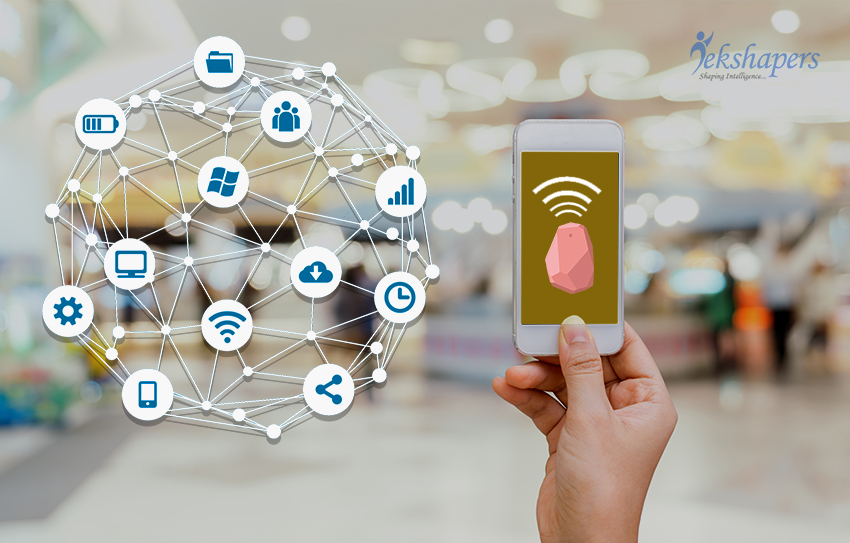
How Beacon Technology Impacts Business
27-Apr-2018
What will be the Future of Blockchain Technology
14-May-2018

The Complete Guide on Enterprise Data Analytics
17-Aug-2018


